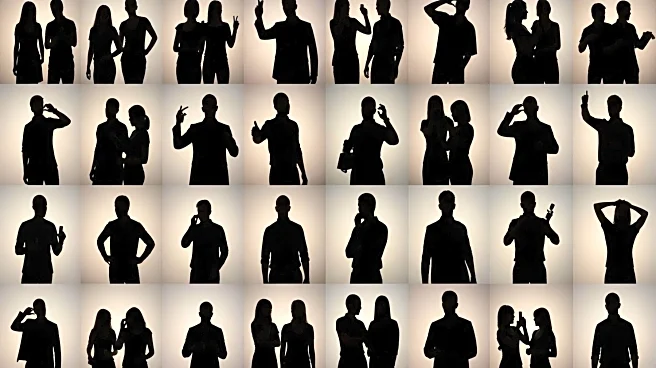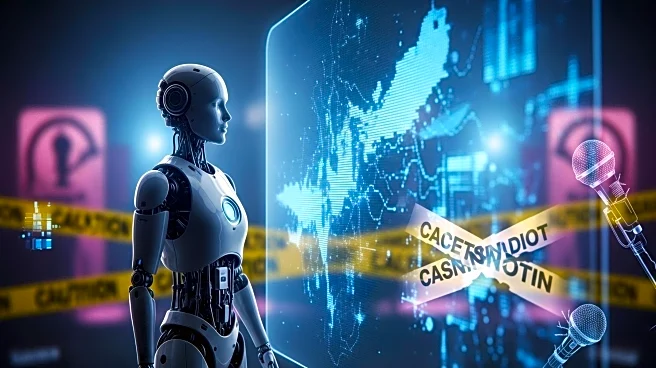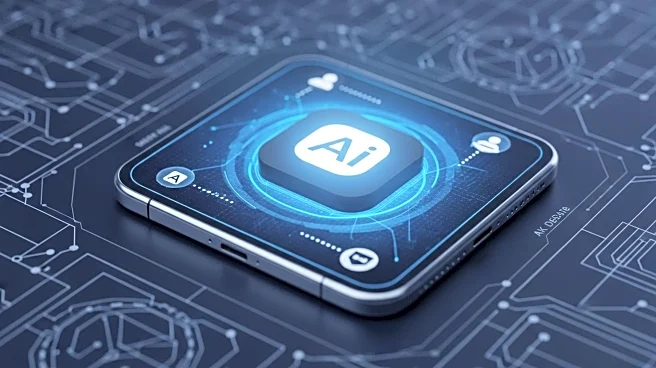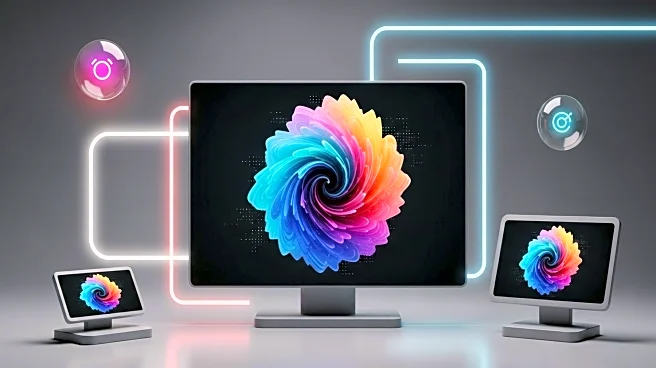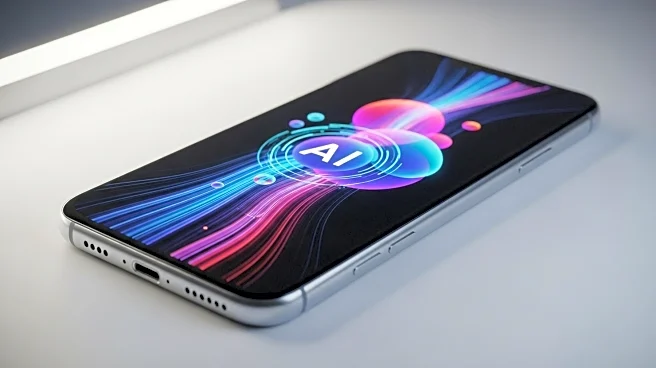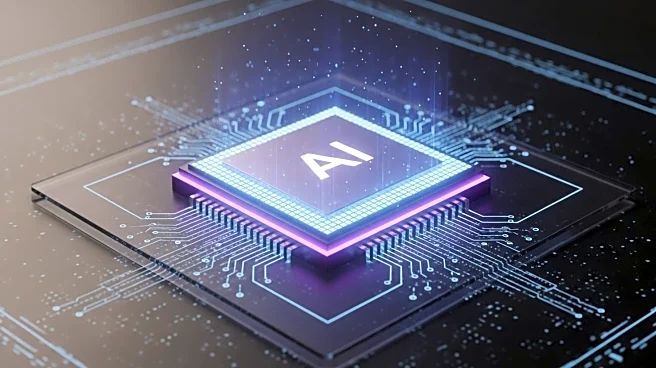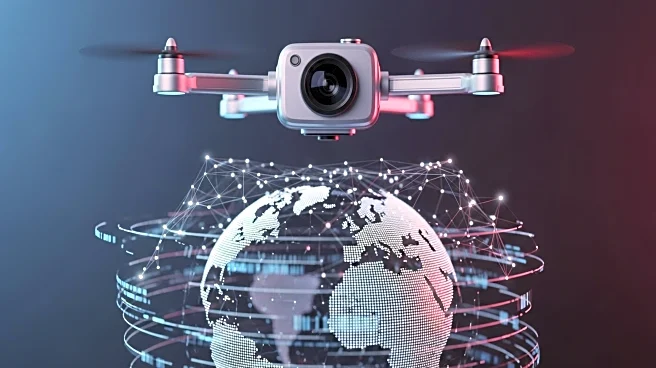What's Happening?
Recent advancements in artificial intelligence (AI) have significantly improved the technology's ability to create realistic fake crowd scenes. This development has been highlighted by a controversy involving a Will Smith concert video, where viewers noticed anomalies in the crowd, suggesting AI manipulation. Visual artist Kyt Janae identified these glitches, pointing out the challenges AI faces in managing intricate details of individual human features in crowd scenes. Despite these challenges, AI models like Google's Veo 3 and OpenAI's Sora 2 are becoming increasingly adept at generating convincing crowd images. This technological progress poses potential risks, as crowd size is often used as a metric for success in public events, making it easier to manipulate perceptions of popularity.
Why It's Important?
The ability to create realistic fake crowds using AI has significant implications for society, particularly in the realms of entertainment, politics, and social media. As crowd size is often equated with success, the potential for AI to inflate crowd numbers could mislead audiences and stakeholders. This manipulation could be used to falsely enhance the perceived popularity of events, political rallies, or public figures. Additionally, the ease of creating fake images raises concerns about misinformation, as real images could be dismissed as AI-generated fakes. This blurring of reality and fiction could undermine trust in visual media, necessitating new standards and practices to verify authenticity.
What's Next?
As AI technology continues to advance, there is a growing need for industry-wide standards to ensure the authenticity of images. Companies like Google are implementing visible and invisible watermarks on AI-generated images to help distinguish them from real ones. However, these measures are not yet uniformly applied across platforms. The development of robust verification systems and the establishment of industry standards will be crucial in mitigating the potential harms of AI-generated content. Stakeholders, including tech companies, policymakers, and media organizations, will need to collaborate to address these challenges and protect the integrity of visual media.
Beyond the Headlines
The ethical implications of AI-generated fake crowds extend beyond immediate concerns of misinformation. The technology challenges traditional notions of authenticity and reality, prompting a reevaluation of how visual content is consumed and trusted. As AI becomes more integrated into creative processes, it offers new opportunities for artistic expression but also necessitates a critical examination of its impact on society. The balance between innovation and ethical responsibility will be a key consideration as AI continues to evolve.

